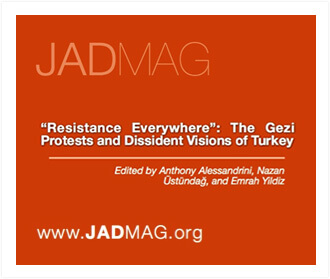As therapists, activists, and scholars who have worked with abused women, and conducted social anthropological studies on the killing of women in Palestinian society, we decided to respond to the article by Lila Abu-Lughod and Maya Mikdashi,
Nadera Shalhoub-Kevorkian and Suhad Daher-Nashif
Nadera Shalhoub-Kevorkian is a feminist-activist, an associate Professor at the Faculty of Law - Institute of Criminology and School of Social Work and Public Welfare, Hebrew University, and the director of the Gender Studies Program at Mada al-Carmel, Haifa. Her main fields of research include gendered violence, crimes of abuse of power, surveillance, securitization and social control, and trauma and recovery in militarized zones. Her latest book, Militarization and Violence Against Women in Conflict Zones in the Middle East: The Palestinian case-study, was published by Cambridge University Press (2010). Among her latest journal articles are “E-Resistance and Technological In/Security in Everyday Life,” British Journal of Criminology (2011); and “The Grammar of Rights in Colonial Contexts: The Case of Palestinian Women in Israel,” Middle East Law and Governance (2012).
Suhad Daher-Nashif is a lecturer, researcher and the evaluation unit director at Al-Qasimi College for Education. She is also a lecturer and researcher at Oranim College for Education, and the coordinator of the Gender Studies Program at Mada Al-Carmel Haifa. She completed her PhD in social-medical Anthropology at the Hebrew University of Jerusalem, writing her dissertation on “The Social-political Practices on the Dead Palestinian Body: the Case of the Palestinian Forensic Medicine Institute.” Her main researches focus on practices of death, social-political structures of institutions, evaluating educational programs, interventions and projects; her current work focuses on the interrelationship between society, religion and institution through teachers’ coping with students’ death. Her publications include “Historical-Contextual Developments of the Palestinian Forensic Medicine System,” Israeli Medicine and Law Journal (2010).











